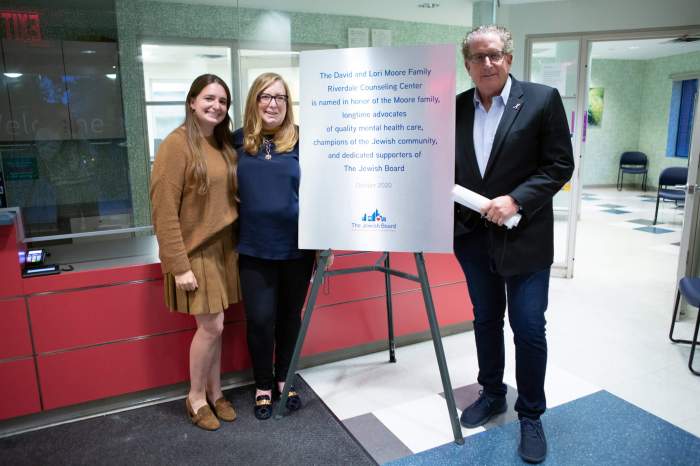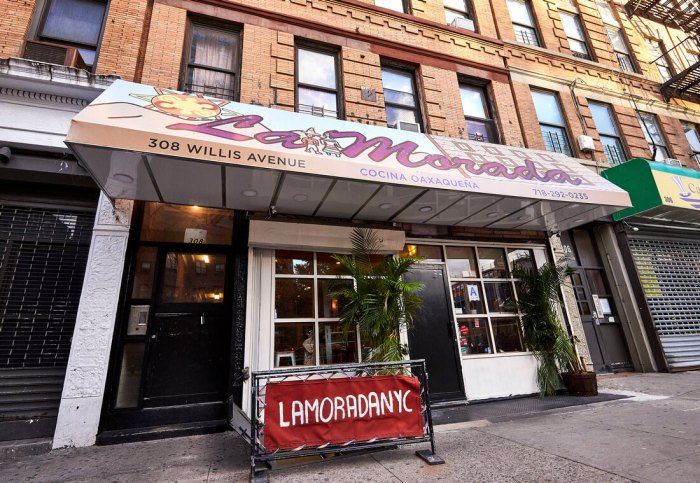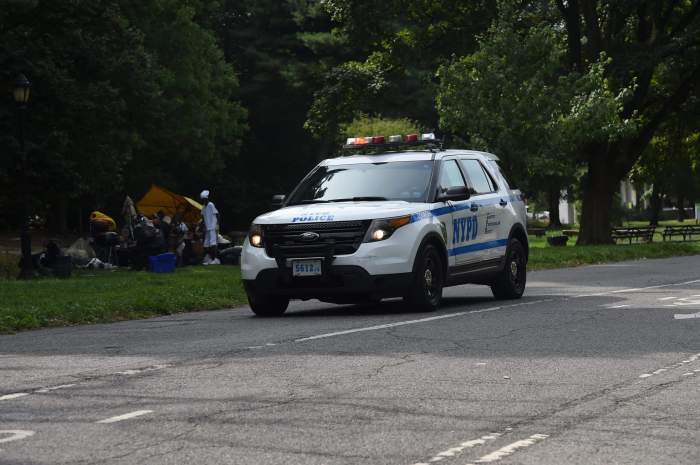The New York City Department of Transportation (DOT) will move forward with a road diet for Riverdale Avenue, an entry point to the Bronx from downtown Yonkers, despite opposition from Community Board 8 and local elected officials.
The road diet, once completed, will stretch from West 254th Street to West 263rd Street, which is a little more than three-quarters of a mile long.
That portion of Riverdale Avenue currently has two travel lanes — one of which on each side is combined with the parking lane — and the new design will condense the setup to have one travel lane in each direction and a middle turning bay. Bike lanes would be added in between the driving and parking lanes.
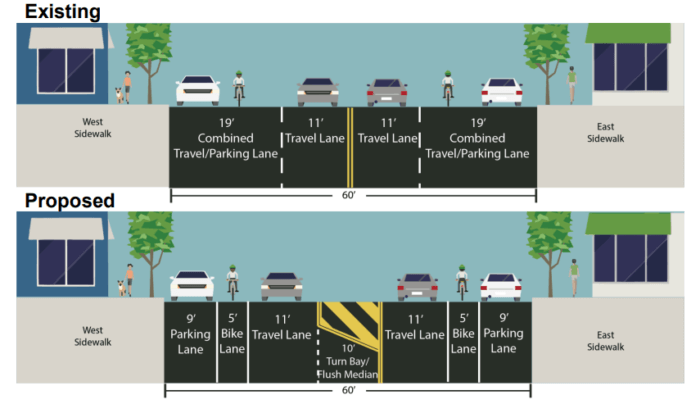
The road diet is meant to better organize traffic by defining spaces for vehicles and bicycles, while the current setup can lead to unpredictable driving, according to DOT. Having more space on the road than necessary for cars can be conducive to speeding, per the agency.
“This project will deliver designs that have proven to reduce speeding, calm traffic, and slow turning drivers on a street where there has been multiple fatalities in recent years,” DOT spokesperson Vin Barone said in a statement to the Bronx Times. “We look forward to improving safety for all road users on Riverdale Avenue while creating an important new connection for the borough’s bike network.”
The Community Board 8 Traffic and Transportation Committee voted in opposition to the project in a 5-3 advisory vote at a March 31 meeting with 150 online attendees; the whole board rejected it 23-5 with three abstentions at an April 12 meeting.
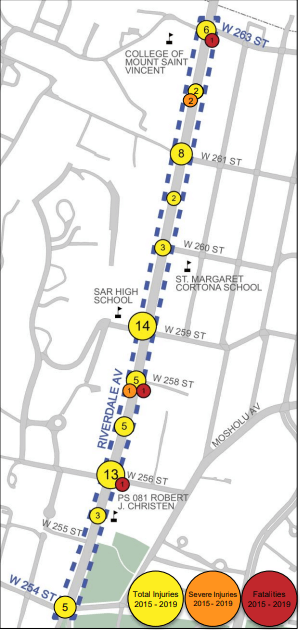
Assemblymember Jeffrey Dinowitz and his son Councilmember Eric Dinowitz, both Riverdale Democrats, have been outspoken against the proposal and the way in which DOT proceeded with it, criticizing the agency of cherry-picking which members of the community to engage with. The community board passed a second resolution at its full board April meeting about the plan that also called the agency’s community engagement insufficient.
“In my opinion, the road diet plan is part of a cookie cutter approach from ideologues at DOT who are more concerned with getting what they want instead of actually identifying solutions that will make our roads more safe,” Jeffrey Dinowitz said in a statement.
Eric Dinowitz also expressed dismay over the agency moving forward with the plan after months of what he called a failure to conduct meaningful outreach.
The state lawmaker said he has been advocating for left turn signals on West 256th Street and West 259th Street instead, a proposal the community board backs.
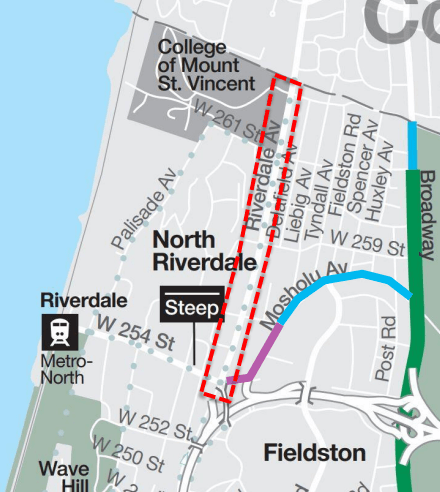
But at the March 31 community board meeting, Keith Kalb, the interim Bronx DOT commissioner said the turn signals are more likely to be approved if the conversion happens first and Alicia Posner, DOT’s deputy director of safety projects and programs, said the agency determined the turn signals aren’t feasible.
Yet a new danger could be posed with the lane reduction given the notorious double-parking that comes from school drop-off and pick-up on the route, Jeffrey Dinowitz said. Residents corroborated that school double-parking is a major issue at the community board meeting, and DOT even says in its slide deck about the project that the road has frequent double parking.
But when asked about a plan to address the dangers of double parking with one-lane traffic, a DOT spokesperson told the Bronx Times on Thursday that the agency will monitor the project and make any adjustments if necessary, and did not provide examples of what those could be.
From 2015 to 2019, there were 66 injuries, 26 of which involved a pedestrian, as well as two senior pedestrian fatalities and a motor vehicle fatality on the stretch, according to DOT. According to the agency, similar projects in the Bronx at Burke Avenue, Baychester Avenue and Morris Park Avenue have resulted in a decrease in injuries by 47%, 22% and 42%, respectively.
The agency plans to implement the project in late summer/early fall, Barone said.
Reach Aliya Schneider at aschneider@schnepsmedia.com or (718) 260-4597. For more coverage, follow us on Twitter, Facebook and Instagram @bronxtimes.

















